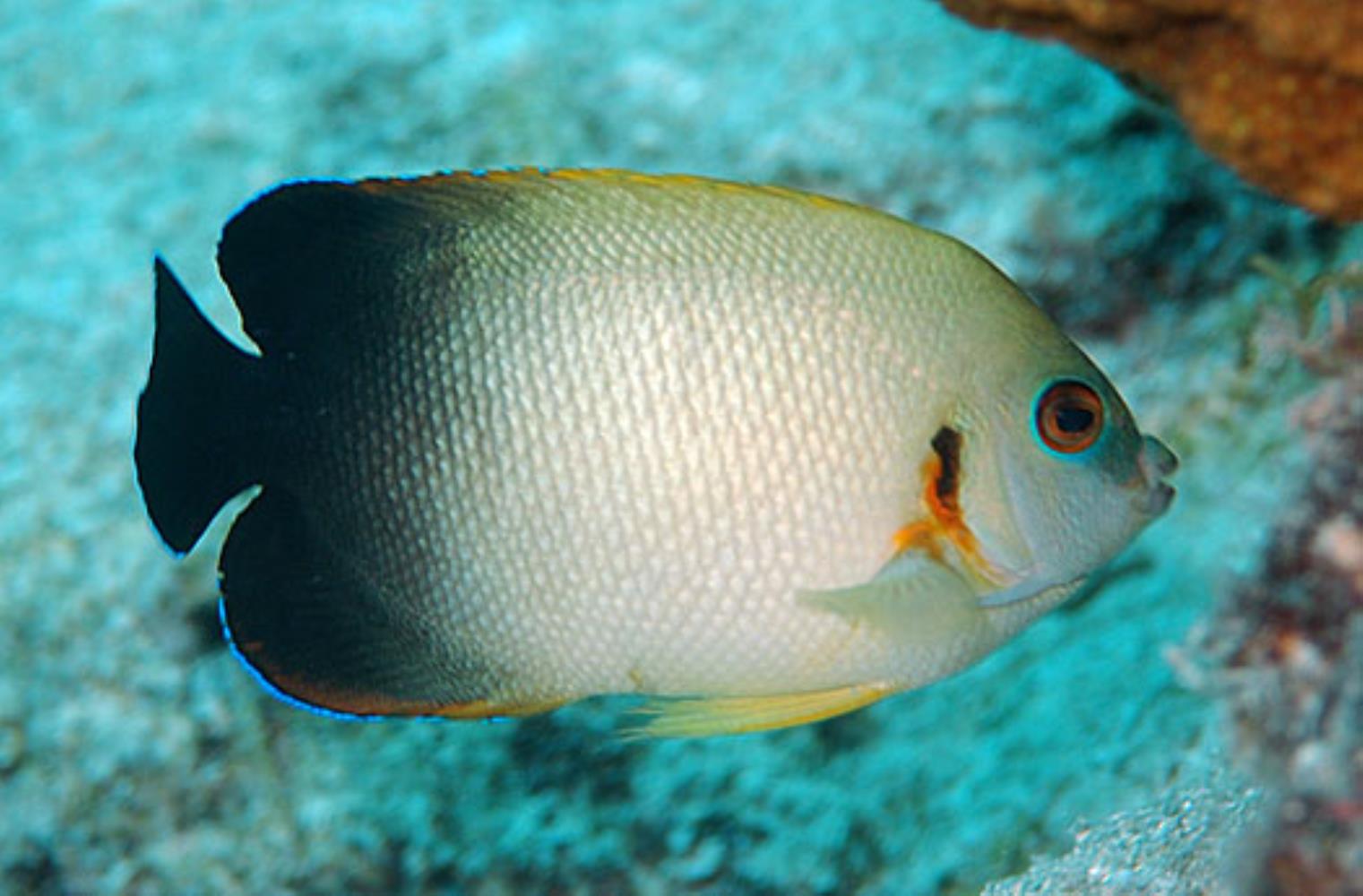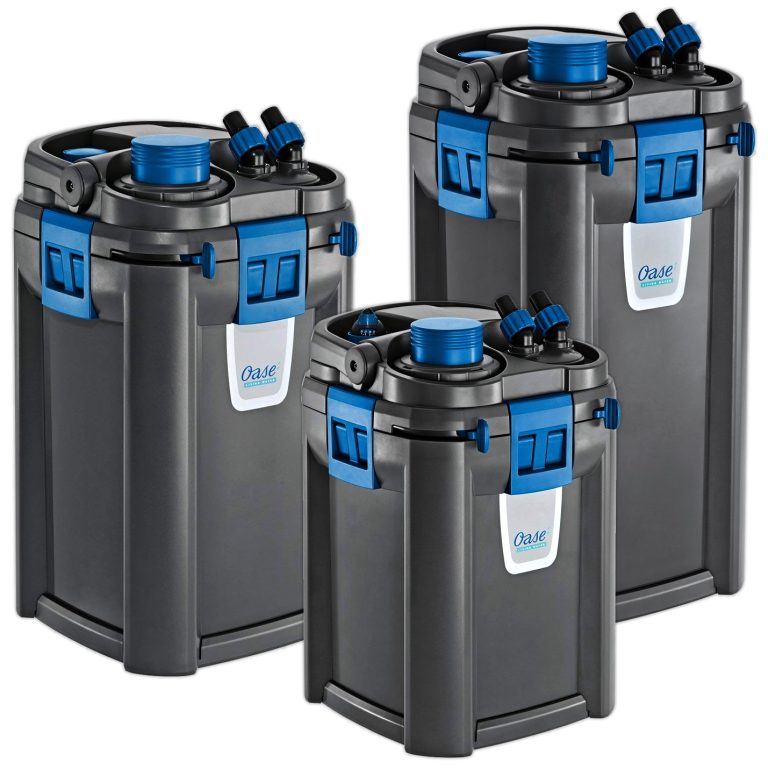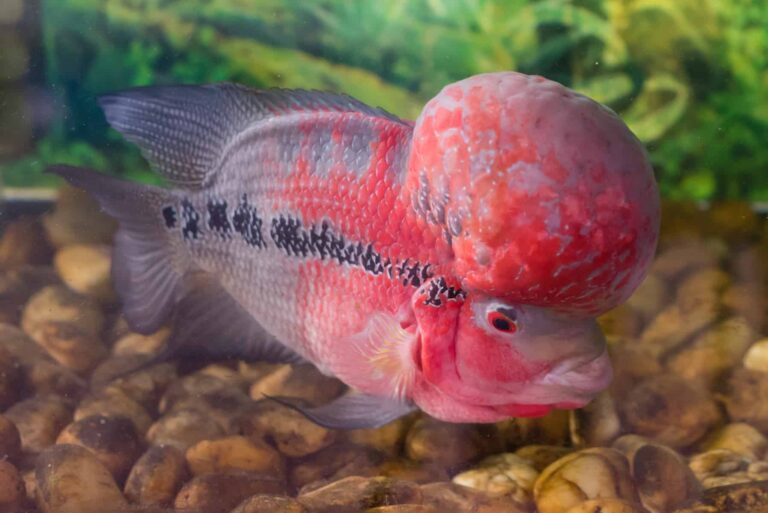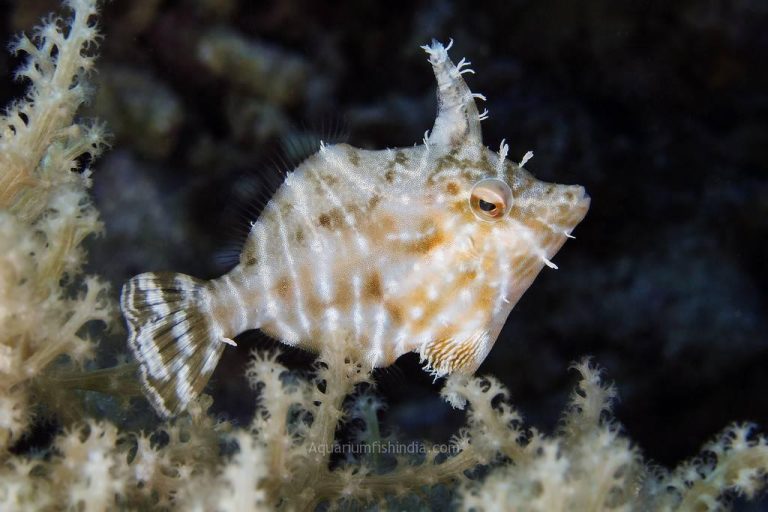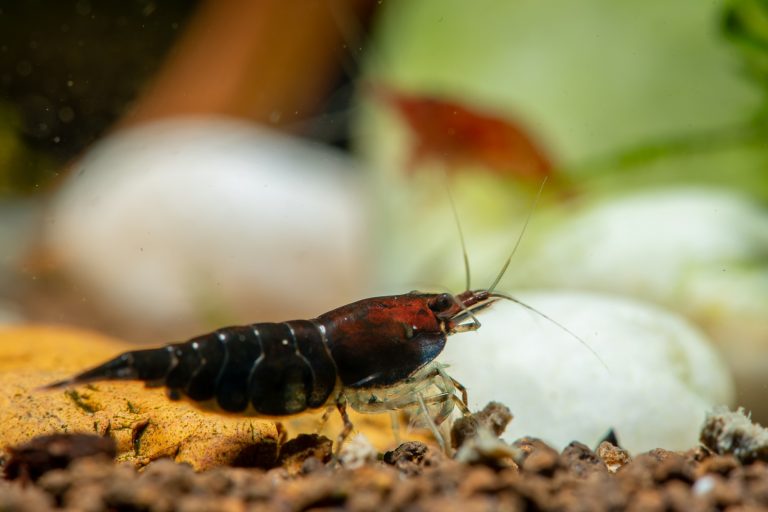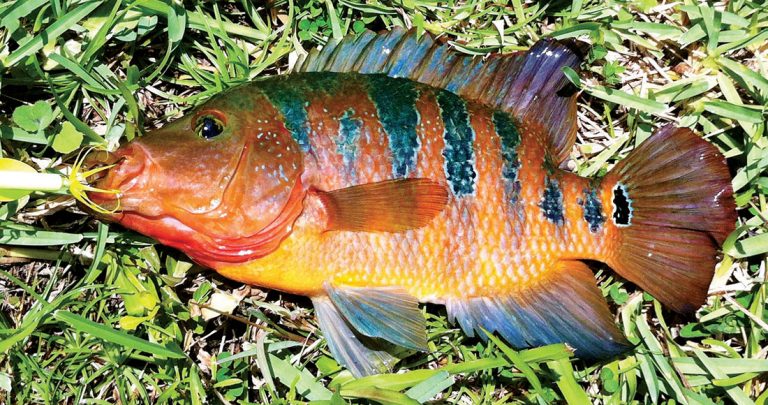Pearlscale Angelfish Marine
Pearlscale angelfish, also known as the Centropyge vrolikii, are stunning and highly sought after marine fish. Their unique appearance, vibrant colors, and peaceful temperament make them a beautiful addition to any saltwater aquarium. In this article, we will explore the fascinating world of pearlscale angelfish and provide you with everything you need to know about their care, behavior, and habitat.
What are pearlscale angelfish?
Pearlscale angelfish are a species of marine angelfish that are native to the Indo-Pacific region. They are small in size, typically growing up to 4 inches in length, and are characterized by their rounded body shape and beautifully patterned scales. The name “pearlscale” refers to the pearl-like appearance of their scales, which shimmer and shine under aquarium lighting.
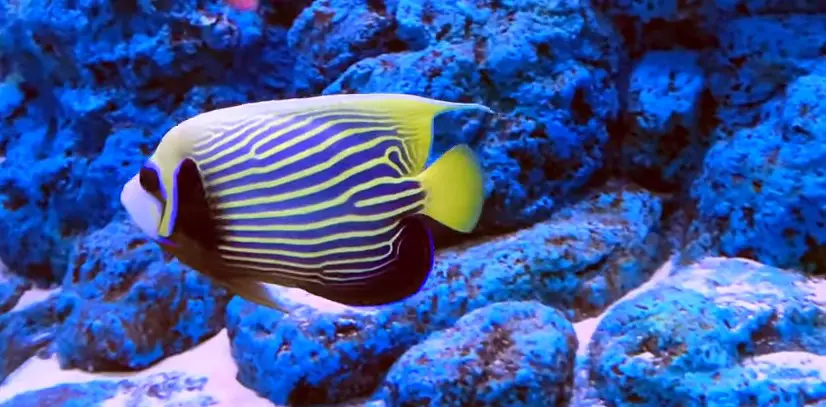
The characteristics of pearlscale angelfish
Pearlscale angelfish come in a variety of color variations, with the most common ones being black, yellow, and orange. Their bodies are adorned with intricate patterns and their fins are often accented with bold stripes. One of the most striking features of pearlscale angelfish is their bright blue eyes, which add to their overall charm and beauty.
Habitat and tank requirements
In the wild, pearlscale angelfish can be found in coral reefs and lagoons. When replicating their natural habitat in a home aquarium, it is important to provide them with a well-established reef system that mimics their natural environment. This includes a variety of live rock structures, caves, and hiding spots to provide them with shelter and security.
The tank size for pearlscale angelfish should be a minimum of 30 gallons, but larger tanks are recommended to accommodate their active nature and the need for plenty of swimming space. It is crucial to maintain stable water parameters, including a temperature range of 75-80°F, pH level between 8.1-8.4, and a specific gravity of 1.020-1.025.
Feeding habits and dietary needs
Pearlscale angelfish are omnivores and have a diverse diet in their natural habitat. In an aquarium setting, they should be fed a varied diet consisting of high-quality flake or pellet food specifically formulated for marine angelfish. Additionally, they should be offered a mix of frozen or live foods such as brine shrimp, mysis shrimp, and algae-based foods.
It is important to note that pearlscale angelfish should be fed multiple times a day in smaller quantities to prevent overfeeding and maintain good water quality. They are curious eaters and will readily accept a wide range of foods, making feeding them an enjoyable experience.
Compatibility with other fish
While pearlscale angelfish are generally peaceful, they can exhibit territorial behavior towards other angelfish or fish with similar body shapes. It is recommended to keep them in a well-established aquarium where they can establish their own territory without causing harm to other tank mates. Non-aggressive tank mates such as clownfish, gobies, and small wrasses make suitable companions for pearlscale angelfish.
It is crucial to introduce new tank mates gradually and monitor their interactions closely to ensure compatibility. Additionally, it is important to avoid keeping pearlscale angelfish with aggressive or fin-nipping species, as they can cause stress and harm to the angelfish.
Reproduction and breeding
Breeding pearlscale angelfish in a home aquarium can be a challenging task. They are known to pair up with a mate and will defend their territory vigorously during the breeding process. To increase the chances of successful breeding, it is recommended to provide them with a spacious tank with plenty of hiding spots and live rock.
Once a pair has formed, they will engage in a complex courtship display, which involves chasing each other, changing colors, and even nipping at each other. The female will lay eggs on a chosen substrate, and the male will fertilize them. After hatching, the fry need to be fed small live or frozen foods until they are large enough to consume prepared foods.
Frequently Asked Questions
1.Can pearlscale angelfish be kept in a reef aquarium?
Yes, pearlscale angelfish can be kept in a reef aquarium as long as there is ample space for them to swim and hide. However, it is important to note that they may nip at certain types of coral or invertebrates, so caution should be exercised when selecting tank mates.
2.How long do pearlscale angelfish live?
On average, pearlscale angelfish have a lifespan of 5-8 years. With proper care, good water conditions, and a nutritious diet, they can live even longer.
3.Are pearlscale angelfish suitable for beginners?
While pearlscale angelfish are generally hardy and can adapt well to aquarium life, they require specific water parameters and a well-maintained environment. They are best suited for experienced hobbyists who have a good understanding of marine aquarium maintenance.
4.Do pearlscale angelfish require a lot of maintenance?
Pearlscale angelfish, like any other marine fish, require regular maintenance in terms of water changes, filtration, and monitoring of water parameters. They also need a varied and balanced diet to maintain their health and vibrant coloration.
Final Thoughts
Pearlscale angelfish are truly captivating creatures that add a touch of elegance and beauty to any marine aquarium. Their unique scales, vibrant colors, and peaceful nature make them a popular choice among hobbyists. By providing them with a suitable environment, a nutritious diet, and compatible tank mates, you can enjoy the beauty of these delicate fish in your home aquarium for years to come. So, why not dive into the world of pearlscale angelfish and create a stunning underwater oasis?
